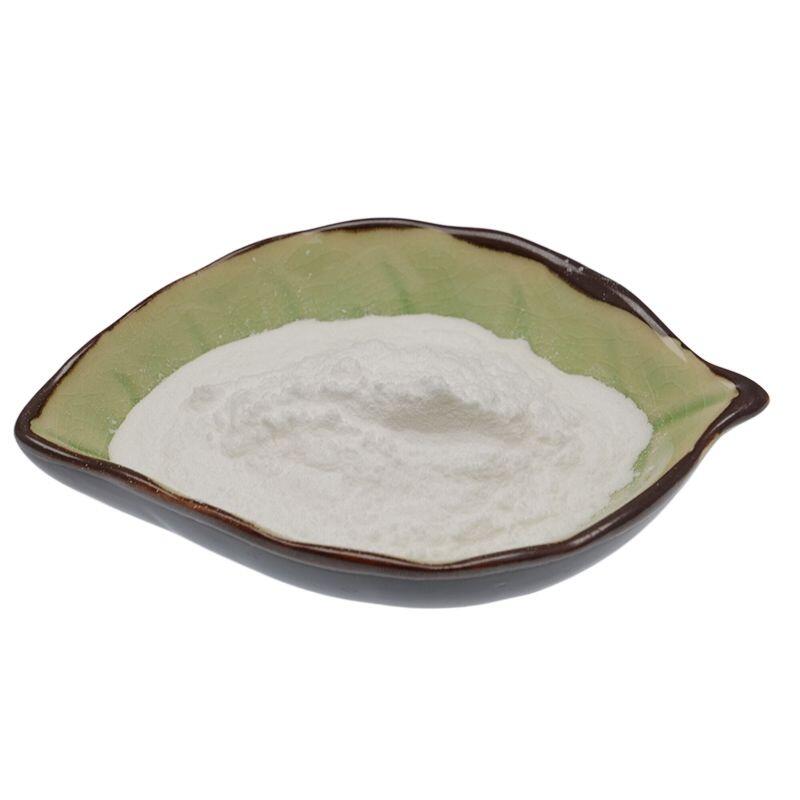How much of a pesticide use in an area will affect the health of the local fetus?
-
Last Update: 2020-07-16
-
Source: Internet
-
Author: User
Search more information of high quality chemicals, good prices and reliable suppliers, visit
www.echemi.com
Agricultural pesticide use and adverse birth outcomes in the San Joaquin Valley of California, according to a study published this week in nature communications, pesticide exposure during pregnancy can lead to adverse birth outcomes, but only at very high levels.the researchers evaluated a large data set from the San Joaquin Valley in California and identified a small target group that could benefit from measures aimed at reducing pesticide related birth abnormalities.Image Source: pixabay's past research has shown that pesticides have a negative impact on the health of agricultural workers, but it has not been clear what effects may be on individuals living near agricultural areas.Ashley Larsen of the University of California, Santa Barbara, and colleagues analyzed 500000 birth records and local pesticide use levels in agriculture dominated San Joaquin Valley from 1997 to 2011 to investigate the relationship between pesticide exposure and birth outcomes.for the birth outcome, the author focused on the birth weight, gestational age and birth abnormalities.spatial distribution and variables of pesticide use in San Joaquin Valley, California.A. in 2011, the pesticide distribution of 93km2 town public land survey (PLS) showed that the annual total amount of pesticide active substances had spatiotemporal difference; B. the standard deviation of total pesticide amount measured in town public land. Their findings suggest that exposure to very high pesticide levels during pregnancy, i.e., 5% of the highest exposure level, or at least 4200 kg of pesticide, increases the likelihood of adverse birth outcomes (associated with birth weight, gestational age, and birth abnormalities) by 5 – 9%.the authors suggest that policy intervention for these groups with the greatest risk may reduce the incidence of pesticide related birth abnormalities.ⓝ DOI:10.1038/s41467-017-00349-2
This article is an English version of an article which is originally in the Chinese language on echemi.com and is provided for information purposes only.
This website makes no representation or warranty of any kind, either expressed or implied, as to the accuracy, completeness ownership or reliability of
the article or any translations thereof. If you have any concerns or complaints relating to the article, please send an email, providing a detailed
description of the concern or complaint, to
service@echemi.com. A staff member will contact you within 5 working days. Once verified, infringing content
will be removed immediately.







